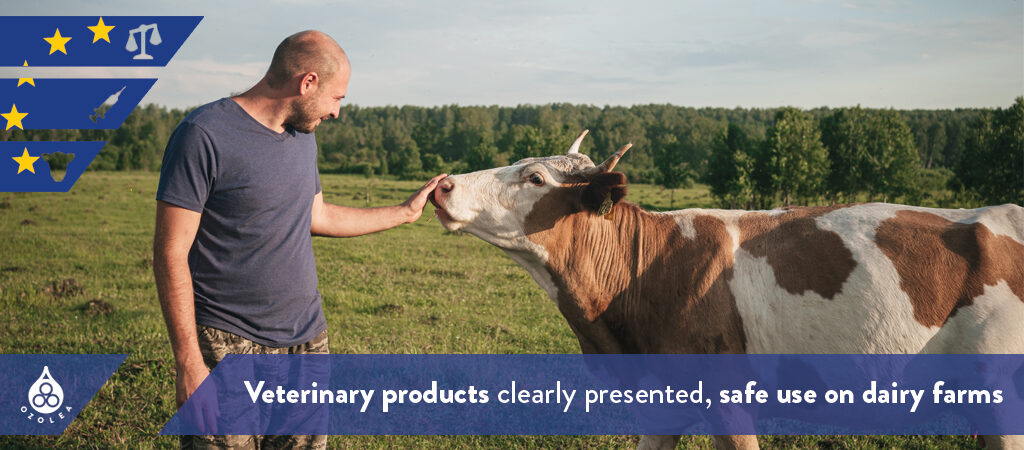There is increasing attention to antimicrobial resistance (AMR). The European Union is a few months away from the application of the new regulation on veterinary medicinal products (VMPs), which will involve manufacturers, distributors, veterinarians, and final users.
The new principles for advertising and communication of VMPs will certainly help in gaining greater clarity within the single market. Furthermore, they will allow a more conscious use by pet owners and breeders, who will be better informed.
All that concerns the Reg. (EU) n. 2019/61 is an important, gradual and clear revolution in the world of VMPs. The ultimate goal is something higher, namely safeguarding animal and human health and the protection of the environment.
Experience has taught EU Member States that it is necessary to clearly distinguish the various veterinary products on the market from veterinary medicines.
How can we understand today what kind of product retailers, salesmen and other professionals are offering us? Let’s try, in a simple way, to find the essential aspects to avoid buying products that have particular properties and/or activities, though are not legal.
First, we need to see whether or not the product is proposed as having pharmacological, immunological or metabolic action. Let’s consider a product that shows, in the description, the word “antimastitic”.
Mastitis is a disease, more precisely the inflammation of the mammary gland caused mainly by bacterial infections.
The term “antimastitic” is generally used in the description of the pharmacotherapeutic group of veterinary drugs such as antibiotics for the treatment of udder infections with intra-mammary application.
Therefore, if we find “antimastitic” on a product, or in any case terms that suggest that the product performs a pharmacological action, we are in front of something that is configured as a veterinary medicinal product.
How do we check that it really is a medicine? The product must show the marketing authorization number (AIC in Italy) on the package. For instance, when a new drug is authorized, in Italy the Ministry of Health issues a document relating to the AIC and its specific characteristics. The document is public, thus a web check is the easiest thing to do.
In general, when veterinary medicinal products can be used only under veterinary prescription, this information must appear on the package. Some veterinary medicines do not require a veterinary prescription; however, this is not the case of intra-mammary products.
Thus, seek veterinary advice and exclude from your dairy farm routine those products that declare pharmacological action for intra-mammary use but which do not require a veterinary prescription.
Another relevant aspect concerns the route of administration, which must be consistent with the proposed commercial format: if the package indicates “external use” and actually contains an intra-mammary applicator, it is not a product to be trusted as there is risk of incurring reports for unauthorized use of the product.
Veterinary medicines are always accompanied by the package insert, which provides important information on marketing authorization number, active substances, dosage and animal species, withdrawal periods, therapeutic indications, contraindications and negative side effects, and much more.
When read carefully, this element also helps us to discriminate between a veterinary medicinal product and an illegal product.
Be careful also with products containing vegetable substances (plants) presented as having pharmacological properties (antimicrobial, antibacterial, anti-inflammatory, anti-edema, stimulator of the immune response, etc.): as already mentioned1, these products fall within the old and new VMP legislation, therefore they need a marketing authorisation.
As we have already seen1, the new Regulation on veterinary medicinal products will be revolutionary.
For this reason, OZOLEA chose, even before the definition of the new EU regulatory framework, to manufacture products that do not contain active substances, without the obligation of a veterinary prescription, legal in the European Union and in the USA.
OZOLEA-MAST is a veterinary device designed precisely to allow the milker to intervene when something is going wrong in the udder, without the need of waiting for signs of a full-blown mastitis, which instead would require the use of antibiotics and veterinary support. OZOLEA-MAST can be used in lactation and at dry-off.
1 Veterinary medicine product or not? OZOLEA’s innovative approach within the new regulatory framework.

